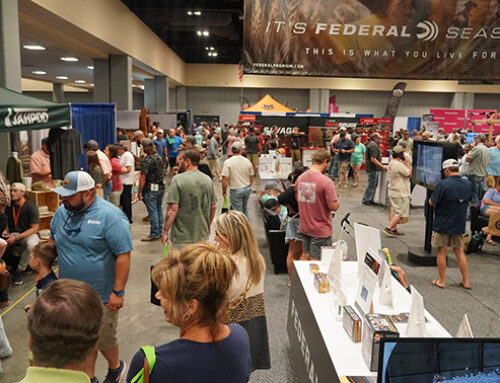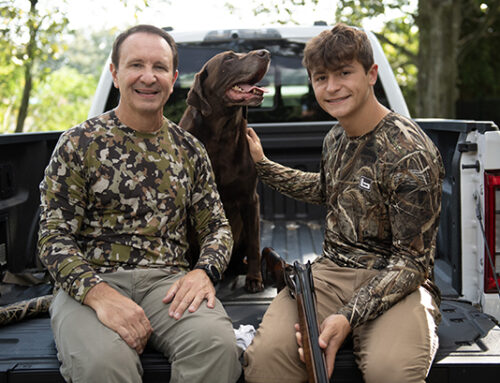2017 Goose Hunting Outlook

By Paul Wait
When the U.S. Fish and Wildlife Service releases its annual Waterfowl Population Status report, the total number of ducks, as well as the species populations of mallards, pintails, canvasbacks and teal receive almost all of the attention.
But deeper in the report lives valuable information that provides insights about the upcoming goose season. Want the details?
Canada goose populations are strong throughout their range. Analyzing key subpopulations reveals much cause for optimism among goose hunters in 2017-18 in all four flyways. The Atlantic Flyway Resident Population is estimated at 933,000, a very slight decrease from 2016. Spring breeding conditions were normal, which should result in good production. In addition, the Atlantic Population, geese that nest in Quebec and winter in New England, are estimated at 705,900, which is up from 2016.
The news is even better for Mississippi Flyway goose hunters. The Mississippi Flyway Giant Population of Canada geese is estimated at 1.78 million, up 16 percent from 2016. “Nesting conditions were generally excellent or good across most of the states and provinces of the MFGP range,” the report states. In addition, the Mississippi Flyway Interior Population — geese that nest on Hudson and James Bays — is up 10 percent.
“I fully expect continental Giant Canada goose populations to continue to expand,” said Dr. Frank Rohwer, president and chief scientist of Delta Waterfowl. “They seem to be impervious to hunting pressure and shifts in breeding habitat conditions.”
For the Central Flyway, the Western Prairie and Great Plains Populations of Canada geese declined 11 percent. However, habitat conditions were generally good, which should boost production. Central Flyway Artic Nesting Geese declined, but remain above the 10-year trend averages.
Pacific Flyway goose hunters should be in good shape, too. The Pacific, Cackling Goose and Aleutian Goose populations are all above 10-year trend averages. Aleutians are up 9 percent over 2016. Habitat conditions are improved in the Pacific Flyway, which should help production.
The outlook for light goose hunters — which includes lesser and greater snow geese and Ross’s geese — is good for this season. Every population in the index is near or above the 10-year trend. The Midcontinent Population is strong at 3.42 million, and early production at key breeding areas is characterized as “average to above-average.” The Pacific Flyway Population is at 1.91 million, and continues to increase. Greater snow geese, which winter on the Atlantic Coast, are down slightly, but population numbers remain right at the 10-year trend. Nesting effort is characterized as near average. Overall, light geese are doing quite well, and should provide hunters good gunning across their range.
White-fronted geese, a.k.a specklebellies, increased in 2017. The Pacific Population climbed to 736,000, up 7 percent, while the Midcontinent Population is estimated at 1 million, a 2 percent increase over 2016. Production is expected to be strong over much of the whitefront’s breeding range, which should provide excellent hunting opportunities for these challenging and tasty geese.
Brant populations increased on both coasts for 2017, with Atlantic brant up 2 percent to 162,000, and Pacific and High Arctic brant increasing 11 percent to 156,000. Production projections vary a bit, but overall, should be about average.
Clearly, no matter which species you prefer, it’s a fantastic time to be a goose hunter in North America.






Leave A Comment